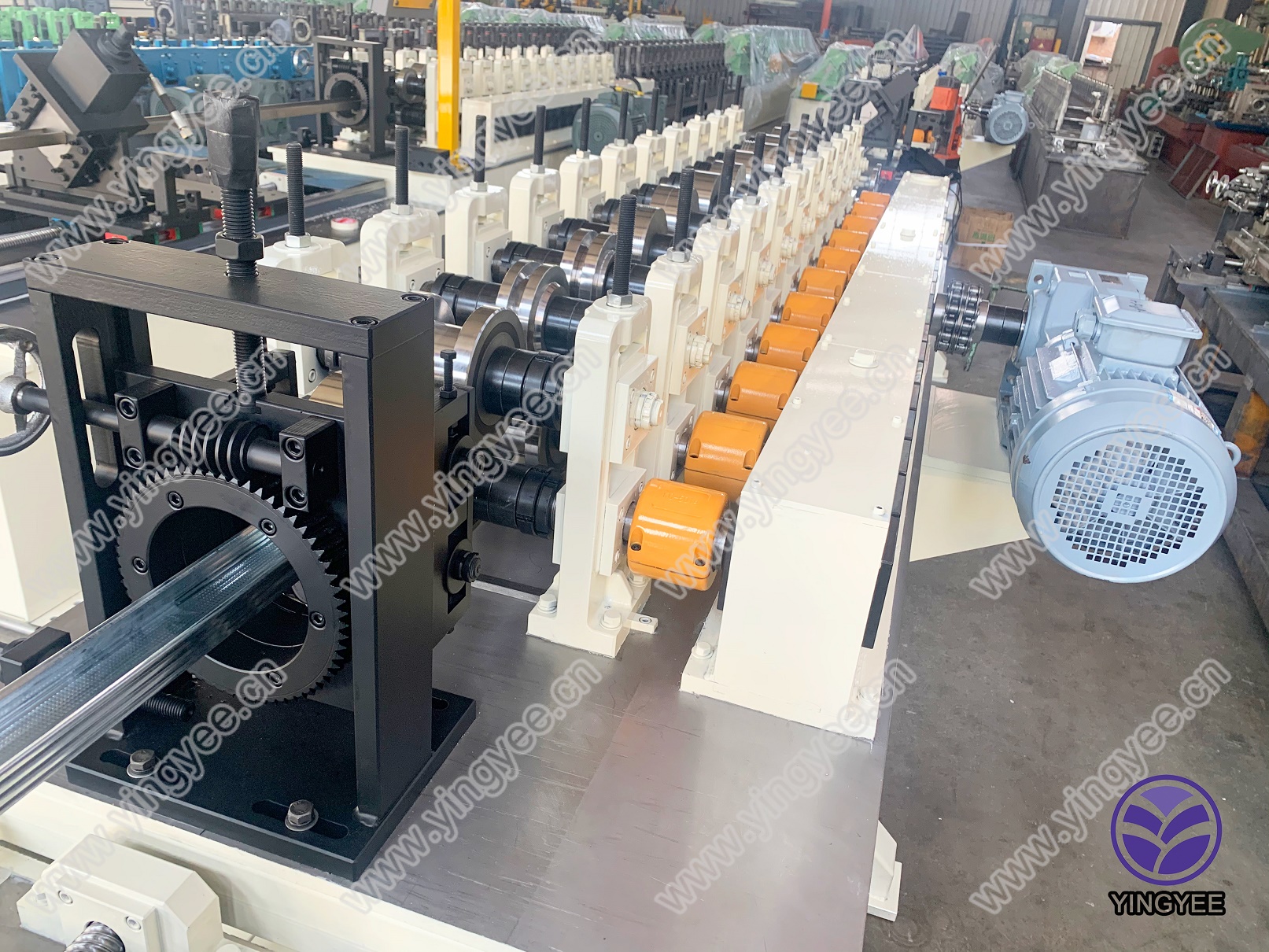
High-Speed Light Gauge Steel Framing Machines Revolutionizing Construction
In the ever-evolving construction industry, efficiency, precision, and speed are paramount. As traditional building materials like wood and concrete continue to face challenges, including sustainability concerns and labor shortages, one alternative has gained remarkable traction light gauge steel. Central to this shift are high-speed light gauge steel framing machines, which are transforming how structures are designed and built.
The Rise of Light Gauge Steel
Light gauge steel framing, characterized by its use of thin sheets of steel, offers numerous advantages. Compared to traditional materials, it is lighter, more durable, and impervious to pests like termites. Additionally, steel is recyclable, aligning with contemporary sustainable building practices. The increasing emphasis on energy efficiency and strength in modern architecture has made light gauge steel a preferred choice for both residential and commercial buildings.
Overview of High-Speed Framing Machines
High-speed light gauge steel framing machines are specialized equipment designed to automate the process of creating steel frames
. These machines can produce a variety of components—such as wall panels, roof trusses, and floor systems—efficiently and accurately. Their ability to rapidly create complex designs with minimal waste not only saves time but also reduces material costs, creating a more streamlined construction process.Technological Advancements
Recent advancements in technology have significantly enhanced the performance of high-speed light gauge steel framing machines. Equipped with computer numerical control (CNC) systems, these machines can execute intricate designs that would be nearly impossible to achieve manually. Programs can be customized to accommodate specific project requirements, ensuring that every piece fits perfectly within the overall framework. Furthermore, laser cutting and automated welding technologies contribute to increased precision and improved structural integrity.
The Benefits of High-Speed Production

One of the significant advantages of high-speed framing machines is their ability to work at unprecedented speeds. Traditional framing methods can be labor-intensive and time-consuming, slow down projects, and lead to increased costs. In contrast, these machines can produce steel frames in a fraction of the time, enabling construction teams to meet tight deadlines. For example, a project that might have taken weeks to frame can often be completed within a few days, significantly accelerating the overall construction timeline.
Moreover, speed does not compromise quality. High-speed machines offer enhanced accuracy, which reduces the likelihood of errors and the need for rework. This precision leads to lower material waste, contributing to more sustainable building practices.
Driving Labor Efficiency
The construction industry faces a significant labor shortage in many regions, making the automation provided by high-speed framing machines invaluable. By streamlining labor-intensive processes, these machines allow companies to complete projects with fewer workers while maintaining productivity. They empower skilled workers to focus on higher-level tasks, minimizing the mundane and repetitive aspects of framing.
As a result, companies can deliver projects on time and within budget, boosting their competitiveness in a crowded market. Additionally, the risk of workplace injuries, often common in traditional construction environments, is reduced as machines take on the physical strains of framing.
Conclusion
High-speed light gauge steel framing machines represent a critical advancement in construction technology, marrying speed, efficiency, and sustainability. As the industry trends towards increased use of steel framing in response to evolving building standards and client preferences, these machines will play a crucial role in shaping the future of construction.
With their remarkable capability to produce high-quality, precision-engineered steel frames rapidly, they are not merely tools of efficiency—they are the backbone of modern construction. As technology continues to progress, we can expect even more innovations that will enhance the capabilities of these machines, paving the way for an era of smarter, faster, and more sustainable building practices. The future of construction is indeed bright—and it is framed in steel.